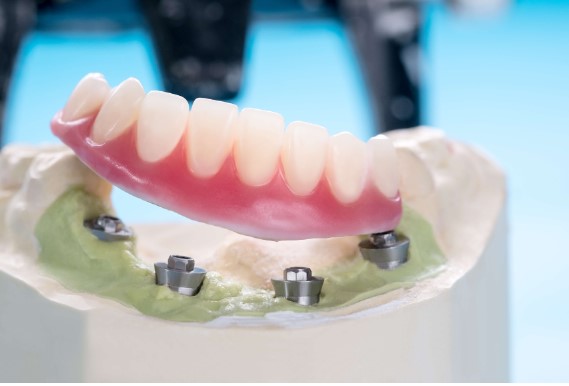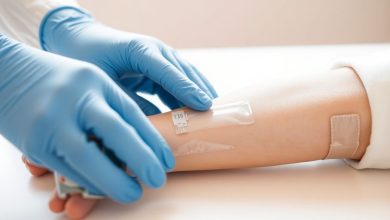Dentistry has evolved remarkably over the past few decades, transitioning from traditional practices to embracing advanced technologies that enhance both patient experience and treatment outcomes. As we move into the future, several key trends and innovations are poised to revolutionize the field. This article explores these developments, focusing on two significant areas: dental braces and implant-supported dentures.
Advancements in Dental Braces
Dental braces, a staple of orthodontics, have seen significant advancements in recent years. Historically, braces were bulky, metal devices that could be uncomfortable and aesthetically displeasing. Today, however, orthodontic technology has made great strides, leading to more effective and patient-friendly options.
1. Clear Aligners
One of the most notable innovations is the introduction of clear aligners. Unlike traditional metal braces, clear aligners are virtually invisible and offer a more discreet treatment option for patients. Made from a series of custom-made, removable trays, clear aligners gradually shift teeth into the desired position. This technology has gained popularity due to its aesthetic appeal and the convenience of removable trays, which make oral hygiene practices easier.
2. Advanced Materials
Modern braces utilize advanced materials that enhance comfort and efficiency. For example, ceramic braces use tooth-colored or clear brackets that blend with the natural teeth, reducing the visibility of the appliance. Additionally, new types of wires, such as heat-activated archwires, offer improved flexibility and performance, allowing for more precise adjustments and faster treatment times.
3. Digital Technology
Digital technology has also revolutionized the field of orthodontics. Digital scanning and 3D imaging allow for highly accurate treatment planning and customization. These technologies enable orthodontists to visualize the end result before treatment begins, improving the overall precision of the process and optimizing outcomes for patients.
Innovations in Implant-Supported Dentures
Implant-supported dentures represent a significant advancement in prosthetic dentistry, offering a more stable and functional alternative to traditional removable dentures. This approach involves anchoring dentures to dental implants that are surgically placed into the jawbone. The innovations in this area are transforming how patients experience denture treatment.
1. Mini Dental Implants
Mini dental implants are a relatively recent innovation that provides a less invasive option for denture stabilization. These smaller implants require less bone density and can be placed with minimal surgical intervention. They offer a viable solution for patients who may not have sufficient bone structure for traditional implants, making implant-supported dentures accessible to a broader range of individuals.
2. All-on-4® Treatment Concept
The All-on-4® treatment concept has revolutionized the field of implant supported dentures by providing a full arch of replacement teeth using just four implants. This technique simplifies the process and reduces the need for bone grafting, which can be required with other implant methods. The All-on-4® approach not only improves stability but also shortens the treatment time, allowing patients to enjoy their new smile more quickly.
3. Digital Impressions and CAD/CAM Technology
The integration of digital impressions and CAD/CAM (Computer-Aided Design and Computer-Aided Manufacturing) technology has enhanced the accuracy and efficiency of creating implant-supported dentures. Digital impressions eliminate the need for traditional mold impressions, which can be uncomfortable and imprecise. CAD/CAM technology allows for the design and fabrication of custom dentures with exceptional precision, ensuring a better fit and improved functionality.
Conclusion
The future of dentistry is marked by continuous innovation and technological advancement. From the evolution of dental braces to the advancements in implant-supported dentures, the field is evolving to offer more effective, comfortable, and aesthetically pleasing solutions for patients. As these trends continue to develop, they promise to enhance patient outcomes and reshape the landscape of dental care. The integration of cutting-edge technologies and materials ensures that modern dentistry will continue to advance, providing patients with more options and better results in their pursuit of optimal oral health.




